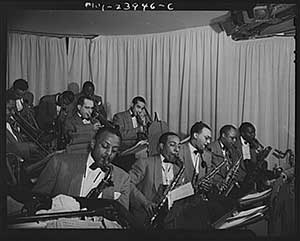I found this site - https://www3.northern.edu/wieland/theory/tt.htm
Looks useful for anyone who wants to know more music theory, or refresh previous knowledge or be reminded that C sharp Major has 7 sharps.
There is also this for the last point - http://musictheoryfundamentals.com/M...Signatures.php - and similar ones.
Looks useful for anyone who wants to know more music theory, or refresh previous knowledge or be reminded that C sharp Major has 7 sharps.
There is also this for the last point - http://musictheoryfundamentals.com/M...Signatures.php - and similar ones.






Comment